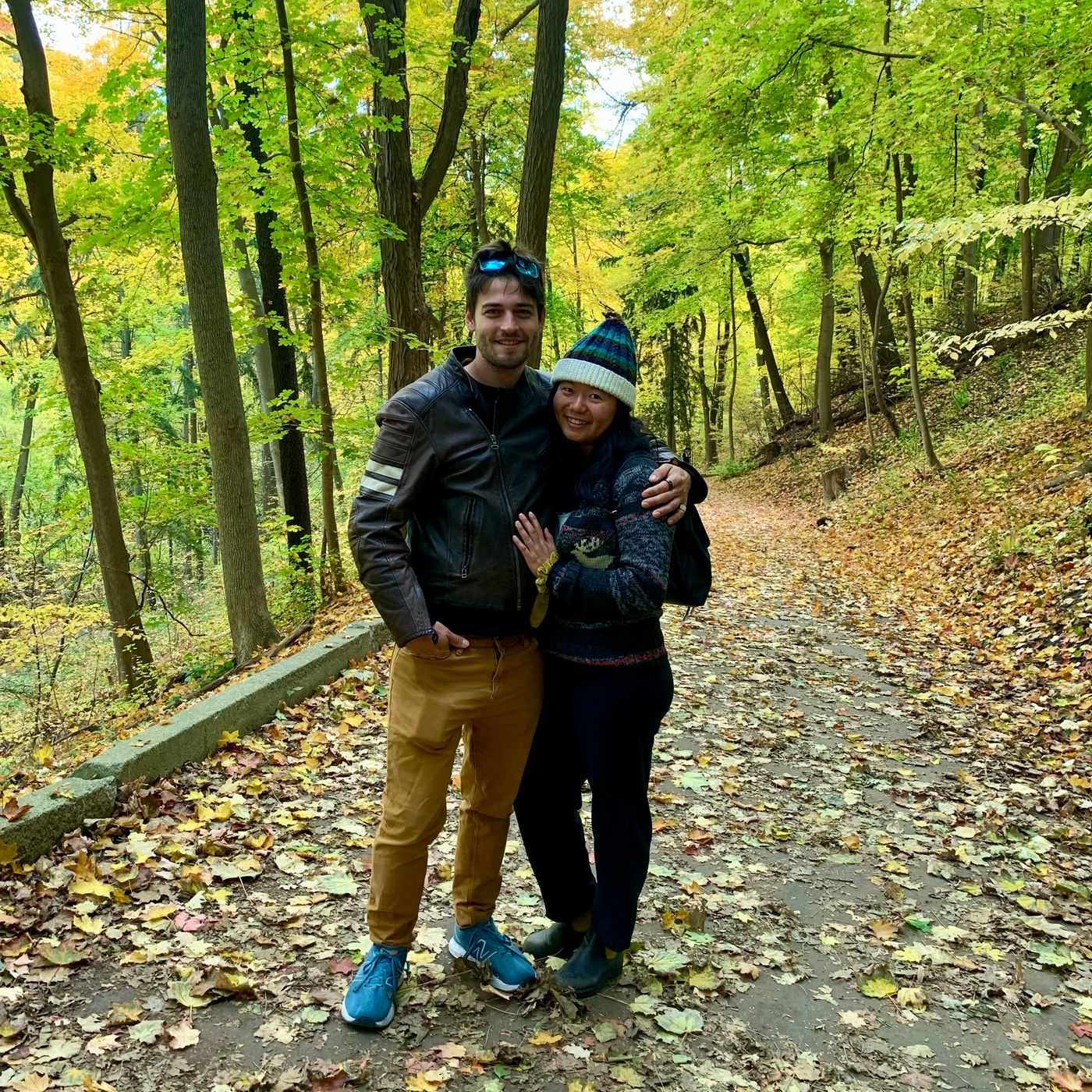
A reflection on fall
With clouds hanging low, the land that we are on at last surrendered to transitioning into fall. The first rain after weeks of sunshine sighed release–the first water that stopped holding on as clouds, quenching the soil and washing everything it touches. When the sun peeks through again, the earth is renewed–It just had a shower.
With the rain and cool breeze came the change of colour in the leaves, covering the hills of our city like a cascade of pompoms. Walking through these city deciduous trees, the ground is covered in leaves that have already fallen. With every wind that blows, a few more leaves make their way down, in an elegant dance with the air.
Nature has a quiet way of reassuring us of the cycle of life. In the season of harvest and rest, plants slow down their growth, with some squeezing out their last fruits. Trees drop their leaves, getting ready to hibernate for the winter. And we humans, intuitive just like the plants and trees, find ourselves cozying up more indoors and enjoying moments of solitude and reflection. What a beautiful gift season is.
In my season of cozying up, I picked Braiding Sweetgrass: Indigenous Wisdom, Scientific Knowledge, and the Teachings of Plants by Robin Wall Kimmerer to read. I have been intrigued by Robin’s understanding of life and our relationships with other lifeforms and acceptance of the cycle of life. We, like many others in nature, need to take life–be it plants or animals–to give life to ourselves. Instead of taking with guilt, the author proposes taking the life of an animal or the meat that we eat with respect and gratitude. In return, we can give back to the land and to life through nurturing it, like tending a garden.
This summer was my first season of gardening. It has been a magical experience watching the plants grow, understanding their characteristics, and tasting their fruits. I remember I was particularly fond of our strawberries: Watching the pale pink flowers shed their petals to become green stubs that look and smell juicier every day. Once any was plump red and bursting with juice, it was a human-versus-slug race to get the first bite–We were about tied.
The trouble with pests and weeds highlighted the challenge that we are growing plants that are not native to this land and selectively bred through generations to meet human needs. I struggled with the morality of humans changing natural landscapes to suit their own needs in the form of agriculture.
One story Robin shares in her book that fascinated me is that wild sweetgrass, which burns such a sweet scent to any ceremony and space, grows more lushly when they are harvested by humans, because the trimming stimulates its growth. Without humans, fields of wild sweetgrass would eventually die off. Throughout history, wild sweetgrass and humans that have gathered it for ceremony have coevolved together to a relationship of reciprocity.
Hearing that story inspires me to recognize that a different perspective on strawberries is that we humans have shared the seeds of beautiful strawberries to land far and wide, so that many strawberries could see life and many humans get to experience the joy of gardening and harvest. We have literally created magic on earth with flowers and fruits that are selected, bred, and selectively bred to be so beautiful and delicious.
I can have gratitude to both the humans that have come before us and all the plants that have been willing to experiment with us to create beauty and support life, because that propels the creation of more beauty and life. This summer I learned that we humans are not all-powerful, the plants also got to have the will to soak up sun, water, and nutrients to grow and have that life force within. Bloom is magic, harvest is magic, and it all goes back to earth and we and other lifeforms have done this over and over again, and that is the lesson of fall.